Halloween, a name that resonates with excitement and spookiness, is a holiday season that requires no introduction, especially for the NRI diaspora living in the US and Canada. However, for those who may not be familiar with it, Halloween is celebrated on October 31st, marking the end of October. It’s a time when children dress up in colorful and spooky costumes, reminiscent of the fancy dress competitions many of us participated in during school in India. This festive period typically lasts for a week or two, filled with fun, laughter, and a bit of fright, primarily for children.
But what’s fascinating is the rich tapestry of culture and heritage that intertwines India and Europe, particularly regarding Halloween. This article will delve deep into the ancient Indo-European history related to Halloween, exploring the cultural connections that exist between these regions.
Table of Contents
- The Celts: The Ancient People of Europe
- Sahin: The Festival of Winter
- The Role of Bonfires and Rituals
- The Evolution of Halloween
- Astronomical Significance of Halloween
- The Connection to Indian Traditions
- Broader Cultural Patterns
- Vedic Deities and Ancestor Worship
- Conclusion: Celebrating Cultural Heritage
- FAQs
The Celts: The Ancient People of Europe
To understand the roots of Halloween, we must travel back in time to Europe, approximately 3,500 years ago, during the era of the Celts. The Celts were a collection of tribes scattered across Europe, with a significant presence in Ireland from around 1200 BCE to the early medieval period. They were known for their rich mythology, intricate art, and warrior culture, inhabiting regions that include present-day Ireland, Britain, France, and other parts of Western Europe.
The Celtic society was characterized by skilled metal workers and a strong oral tradition, particularly in Ireland. This oral tradition profoundly influenced the language and culture of the region, ultimately merging with Christian traditions as Christianity spread from the Roman Empire across Europe.
As Christianity took root, the distinct Celtic identity began to blend into a larger Christian identity. However, the Celtic religion, which was polytheistic and focused on nature worship, remains a significant part of their cultural legacy. The Celts revered various aspects of nature, such as the earth, sky, sacred groves, springs, trees, and mountains. Their culture was deeply rooted in nature, and they had priests known as Druids who led religious practices, held festivals, and conducted sacrifices.
Sahin: The Festival of Winter
One of the most important festivals celebrated by the Celts was Sahin, pronounced as “Sahin,” which marked the end of the harvest season and the onset of winter. This festival was believed to be a time when the spirits of ancestors roamed the earth, providing an opportunity for families to honor their loved ones. The Celts believed that the boundary between the living and the dead was thinned during this time, allowing for a connection between both worlds.
During Sahin, families would prepare feasts, set places at their tables for their ancestors, and leave offerings to welcome and honor them. This practice was not just a ritual; it was a heartfelt acknowledgment of the connection between generations. To scare away evil spirits that might also roam the earth, the Celts carved turnips into spooky faces. This tradition eventually evolved into the familiar practice of carving pumpkins that we associate with Halloween today.
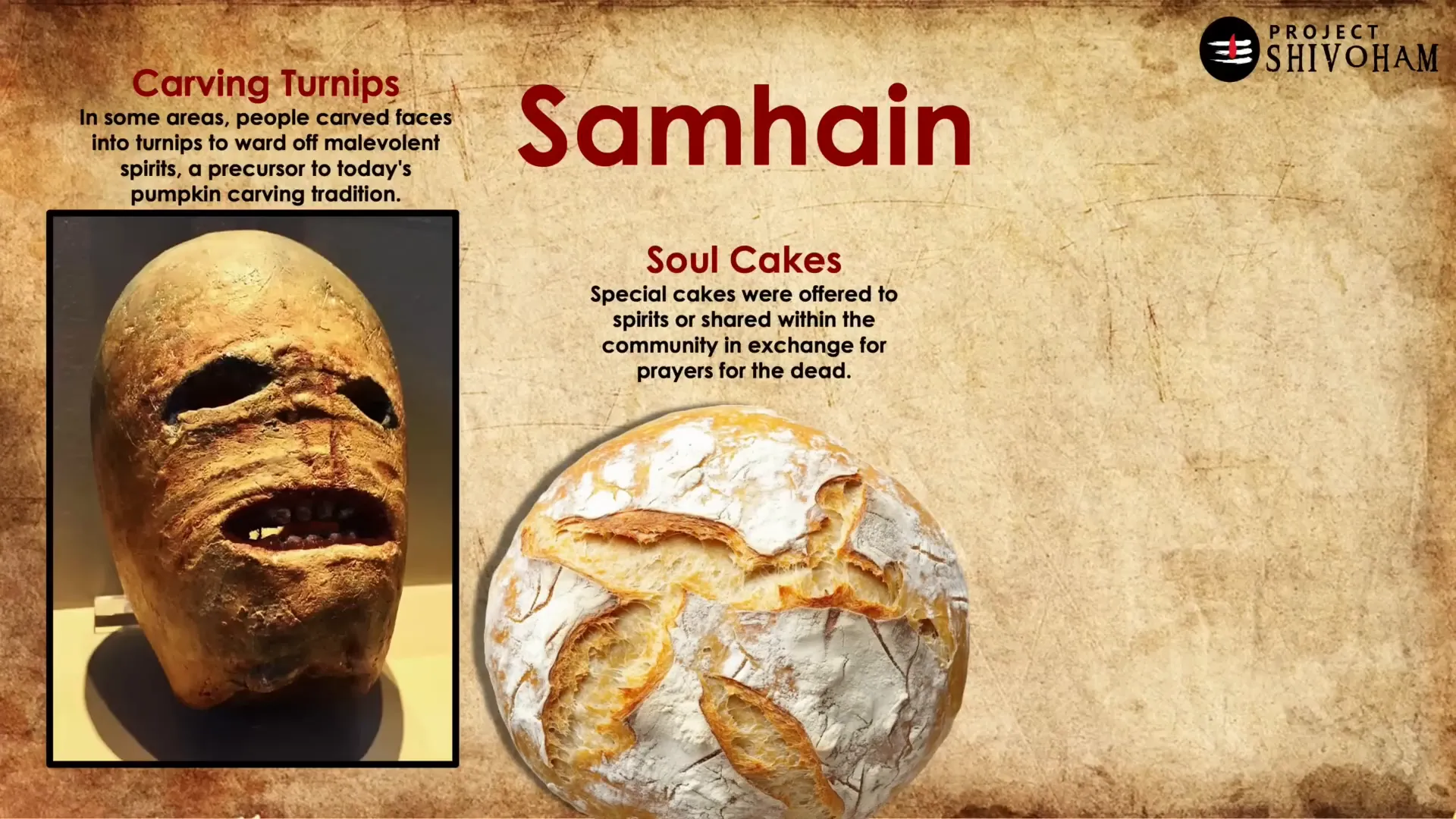
Additionally, the Celts would prepare soul cakes in honor of their deceased ancestors, offering them as part of the celebrations. Veneration of ancestors was an integral aspect of Sahin, and costumes were worn to disguise oneself from evil spirits. This practice of wearing costumes, often made from animal skins, has transformed into the fun and playful costumes that children wear on Halloween today.
The Role of Bonfires and Rituals
Another significant aspect of Sahin was the lighting of large communal bonfires. These bonfires were lit to honor the gods, drive away evil spirits, and spend time with the spirits of loved ones. Ritualistic dining, along with offerings of crops and animals, was performed to appease deities, ancestors, and spirits, ensuring protection during the harsh winter months. Given the importance of harvest, Sahin was crucial for the Celtic community’s survival.
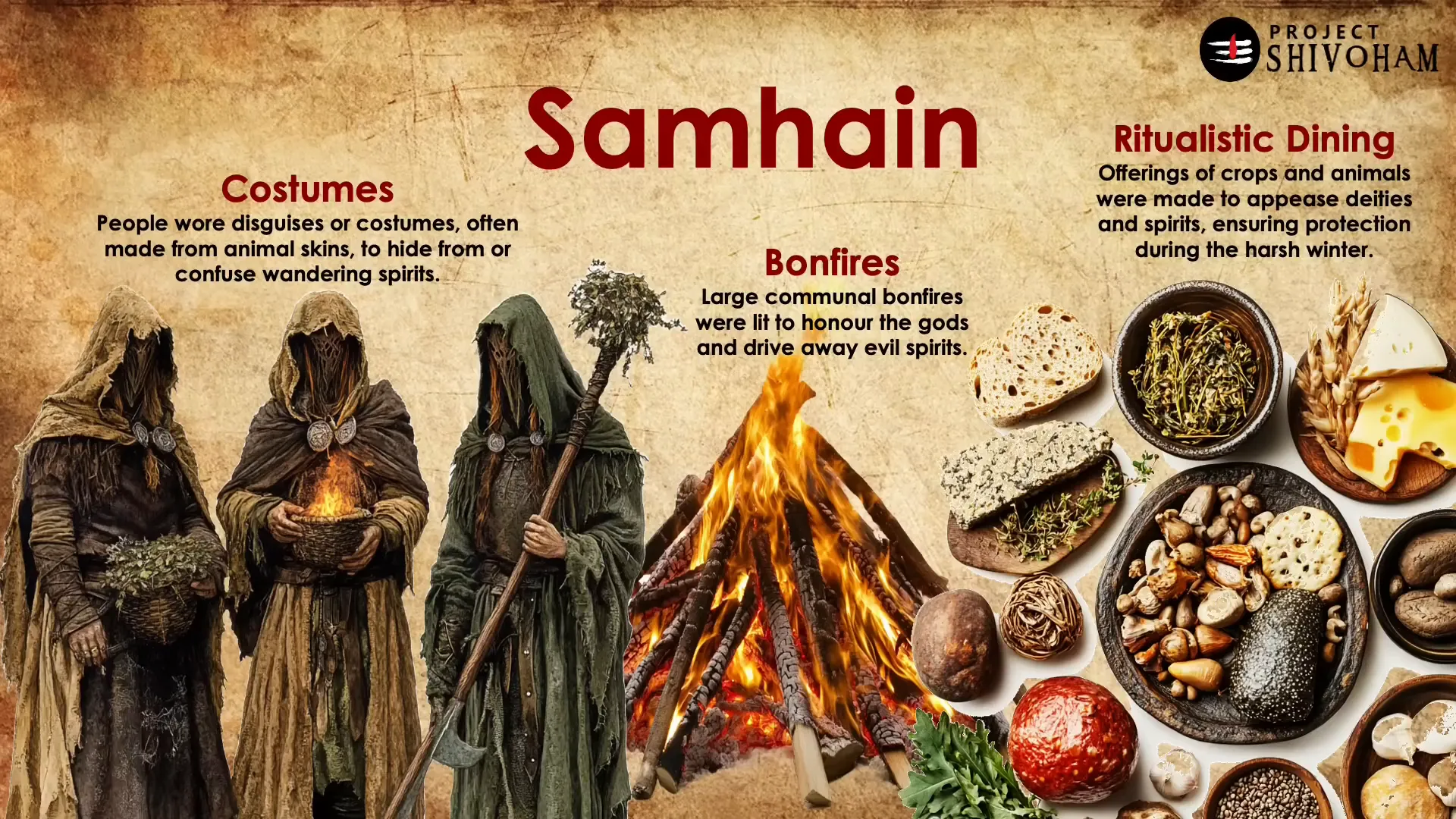
With the arrival of Christianity, many ancient Celtic traditions were absorbed into Christian practices. For instance, the festival of Parentalia in the Holy Roman Empire was similar to Sahin, serving as a time to venerate ancestors. As Christianity spread, local cultures and traditions were often integrated into this new faith, leading to the establishment of All Saints’ Day, a day dedicated to honoring saints and those who contributed to the spread of Christianity.
The Evolution of Halloween
As the Celts’ tradition of Sahin blended with Christian practices, October 31st became known as Halloween, the eve of All Saints’ Day. This transformation marked a significant cultural shift, as local customs were adapted to fit within the framework of Christianity. The evening of October 31st became a time to honor not just saints but also the spirits of ancestors.
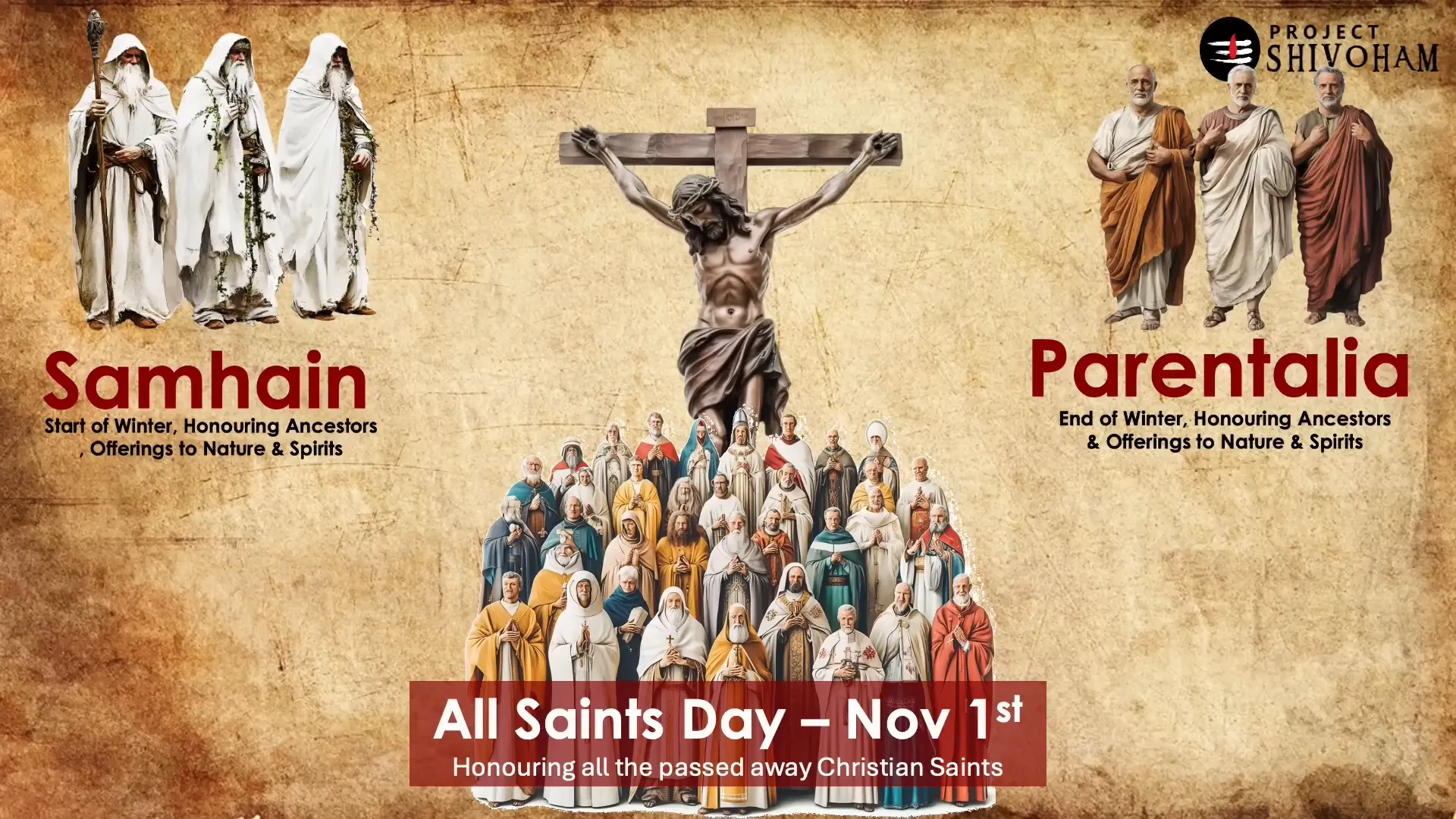
The immigration of the Irish to America in the mid-19th century due to the Great Famine (1845-1852) played a pivotal role in bringing Halloween to the New World. The Irish, descendants of the Celts, carried their traditions with them, including the celebration of Halloween. Over time, Halloween in America evolved into a more child-centric festival filled with fun and commercial aspects, diverging from its ancient roots.
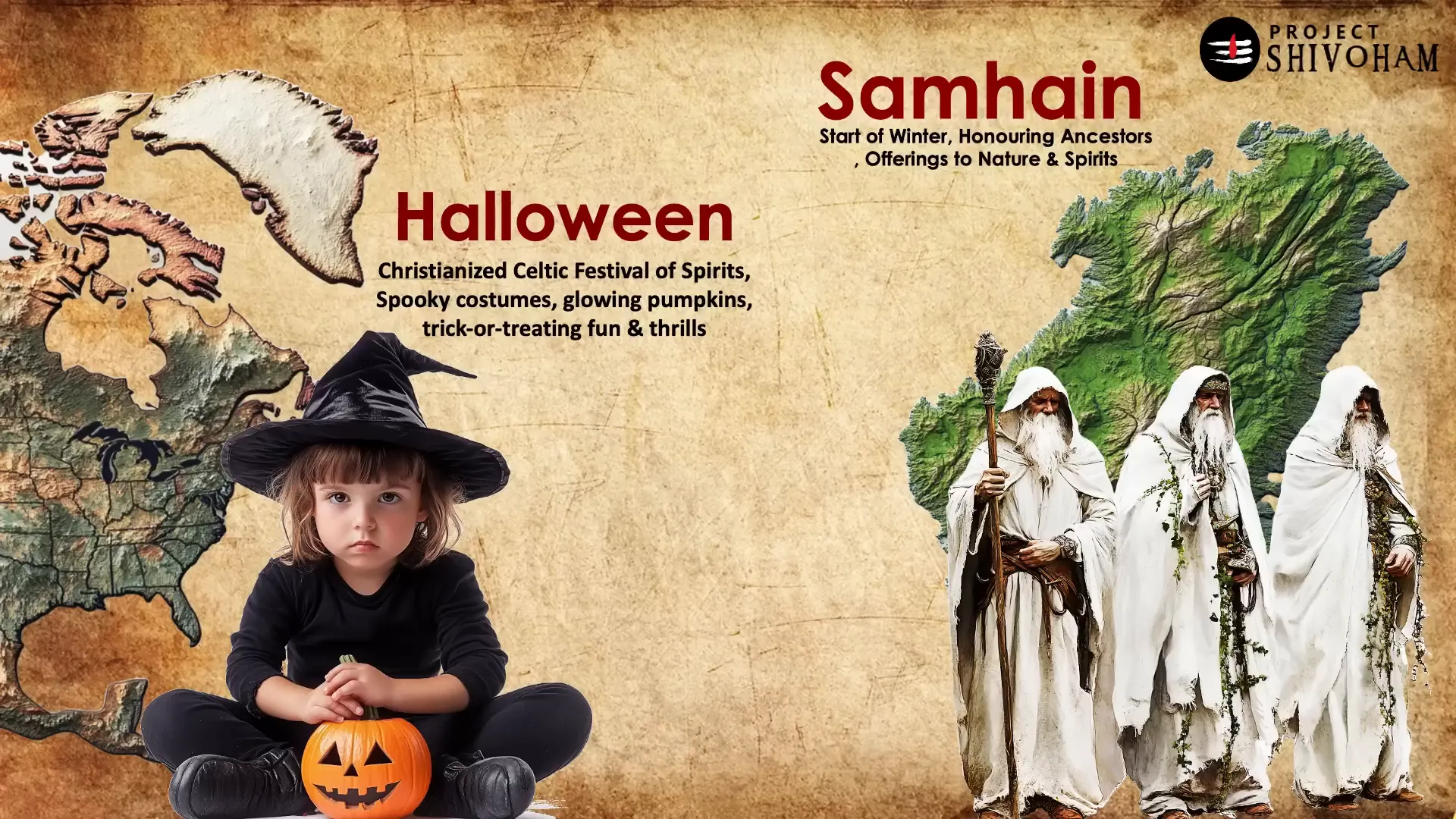
This evolution of Halloween illustrates how traditions can transform and adapt over time, influenced by cultural exchanges and societal changes. Today, Halloween is celebrated with an array of activities, including trick-or-treating, costume parties, and haunted houses, making it a uniquely American festival.
Astronomical Significance of Halloween
As we explore the significance of Halloween, it’s essential to recognize the astronomical context as well. The transition from October to February marks winter in the Northern Hemisphere, a time significant in various Indo-European cultures for ancestor veneration. The overlap of Sahin and the practices observed during Halloween and All Saints’ Day highlights a shared cultural significance across different regions.
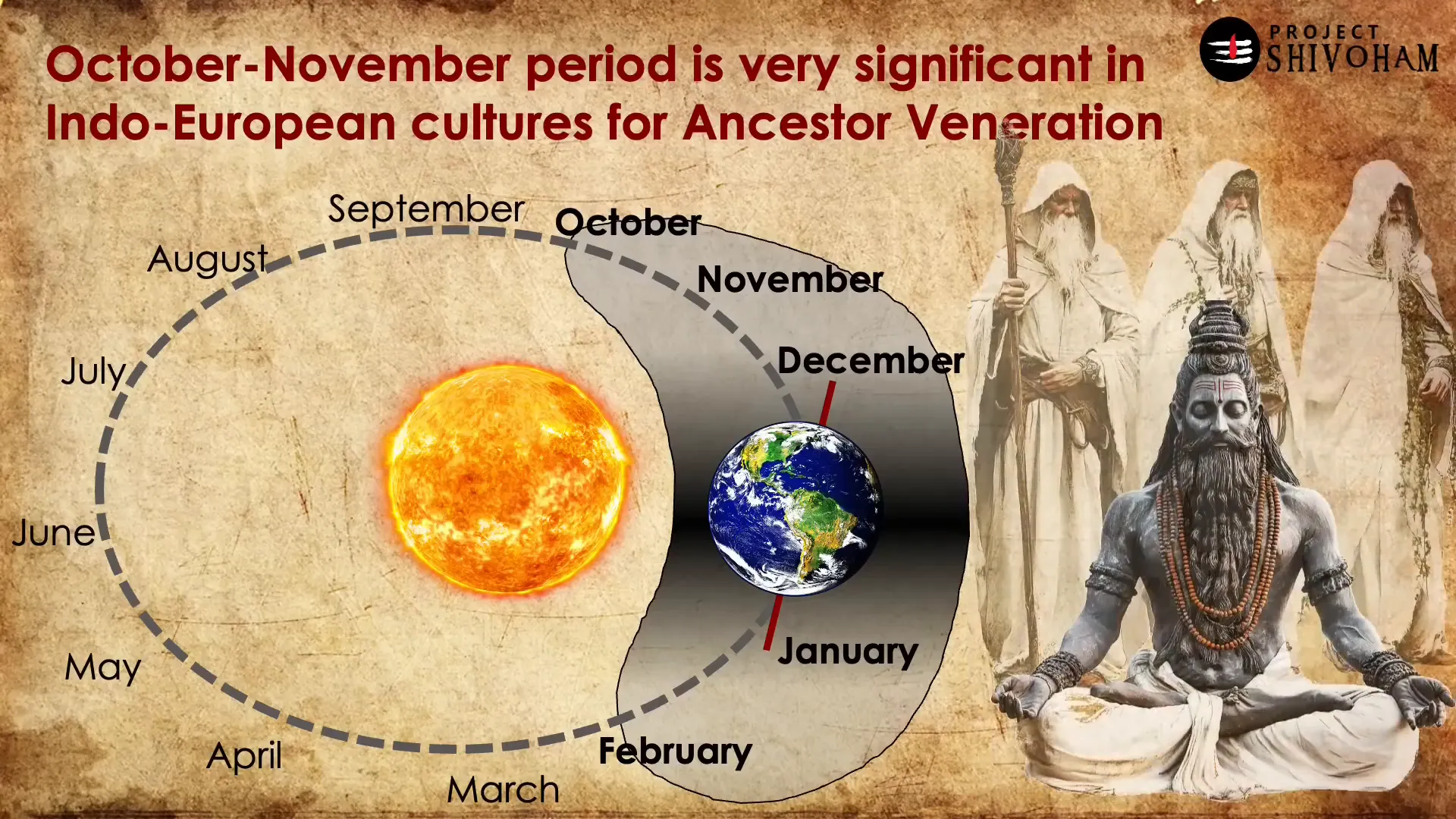
The Connection to Indian Traditions
Interestingly, during this same period, India observes its own practices of ancestor veneration, notably during Pitru Paksha. This sixteen-day period occurs in the Hindu lunar calendar, generally falling between September and October, dedicated to honoring ancestors through rituals and offerings. Similar to the Celts, Indian families perform ceremonies to express gratitude and seek blessings from departed family members, believing that this helps their souls achieve peace.

The striking similarities between the ancient Celtic festival of Sahin and the Indian practice of Pitru Paksha raise compelling questions about our shared cultural heritage. Both traditions emphasize the importance of remembering and honoring ancestors, reflecting a universal human experience that transcends geographical boundaries.
Broader Cultural Patterns
As we delve deeper into this phenomenon, we notice that other cultures around the world also celebrate ancestor veneration during this same period. Countries such as Korea, Mexico, and the Philippines have their own native festivals dedicated to honoring ancestors, all occurring around October and November. This global pattern invites further exploration into the historical and cultural significance that connects these diverse practices.

Vedic Deities and Ancestor Worship
In India, the worship during Pitru Paksha is not limited to just our biological ancestors. There are three important deities revered during this time: Vasu, Aditya, and Rudra. These deities are integral to the Vedic understanding of ancestor worship, reflecting the connection between the natural world and our lineage.
The Vasus represent elemental forces of nature, while the Adityas personify the sun’s position throughout the year. Rudras embody various aspects of life, both destructive and healing. This complex understanding of ancestor worship intertwines with the natural world, emphasizing the deep-rooted connection between humanity and the cosmos.
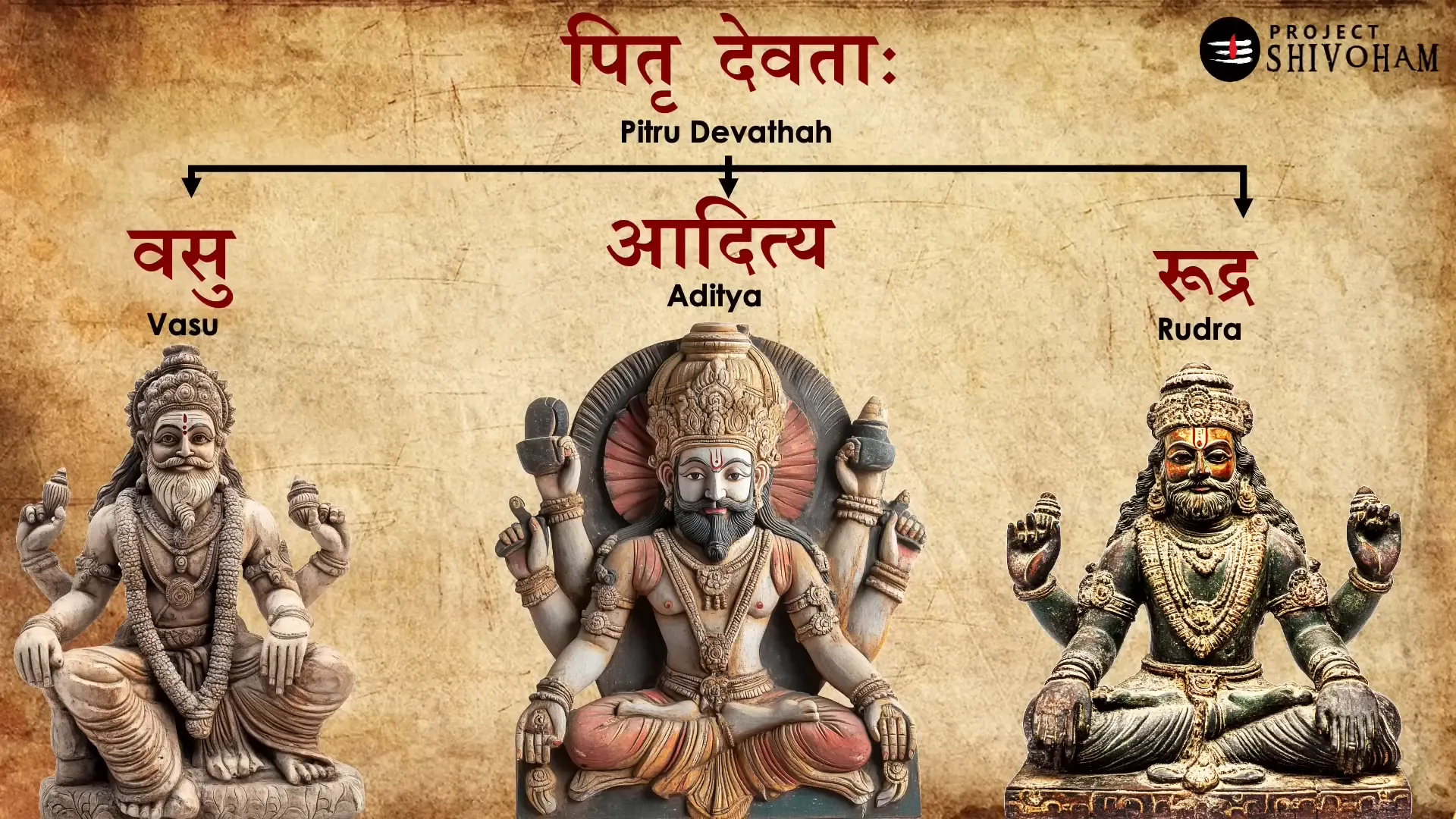
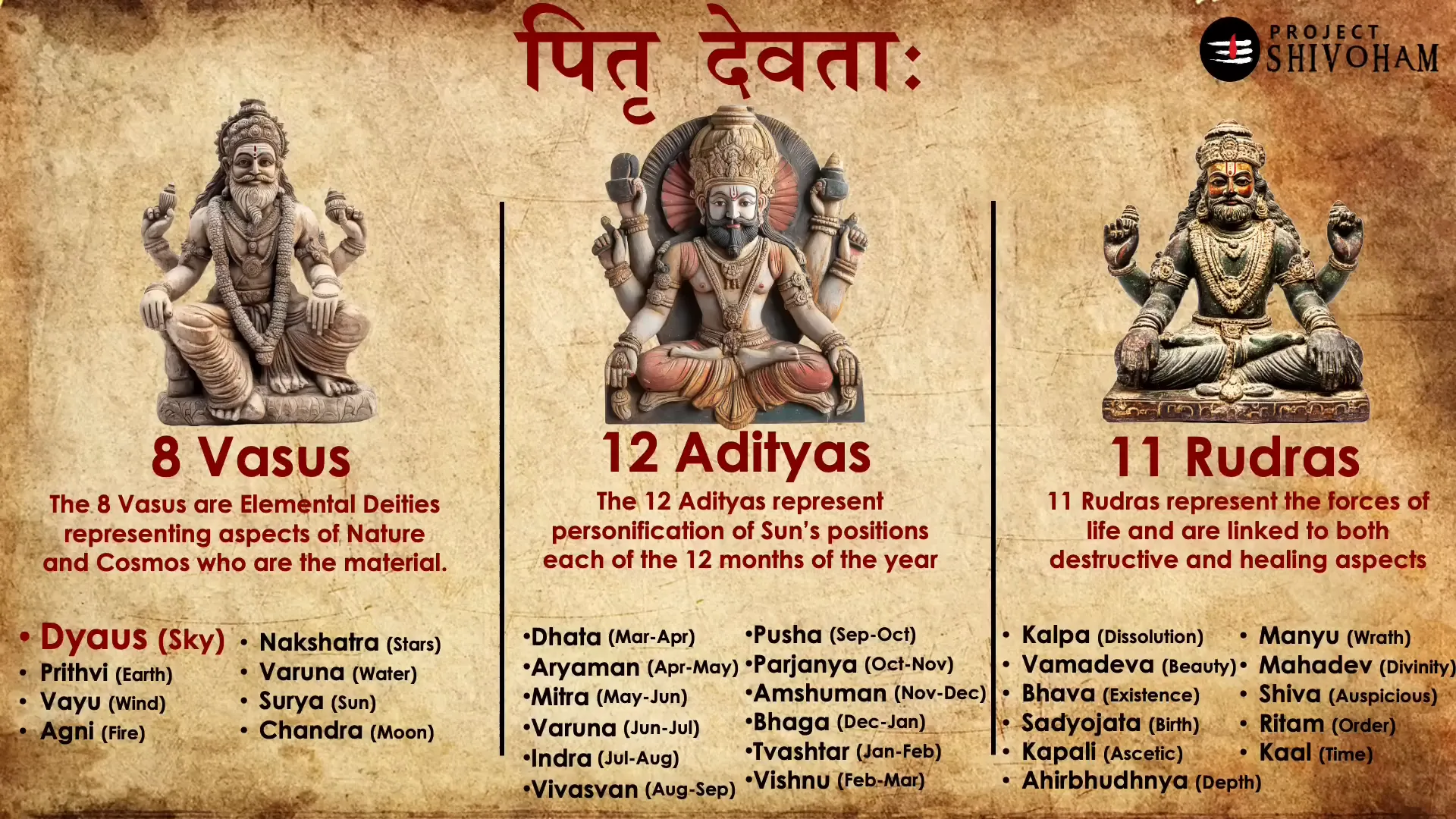
As we consider these ancient traditions, it is essential to acknowledge the broader implications of ancestor veneration. It serves as a reminder of our interconnectedness and the importance of remembering those who came before us. This shared cultural heritage enriches our understanding of human experience, transcending the boundaries of time and geography.
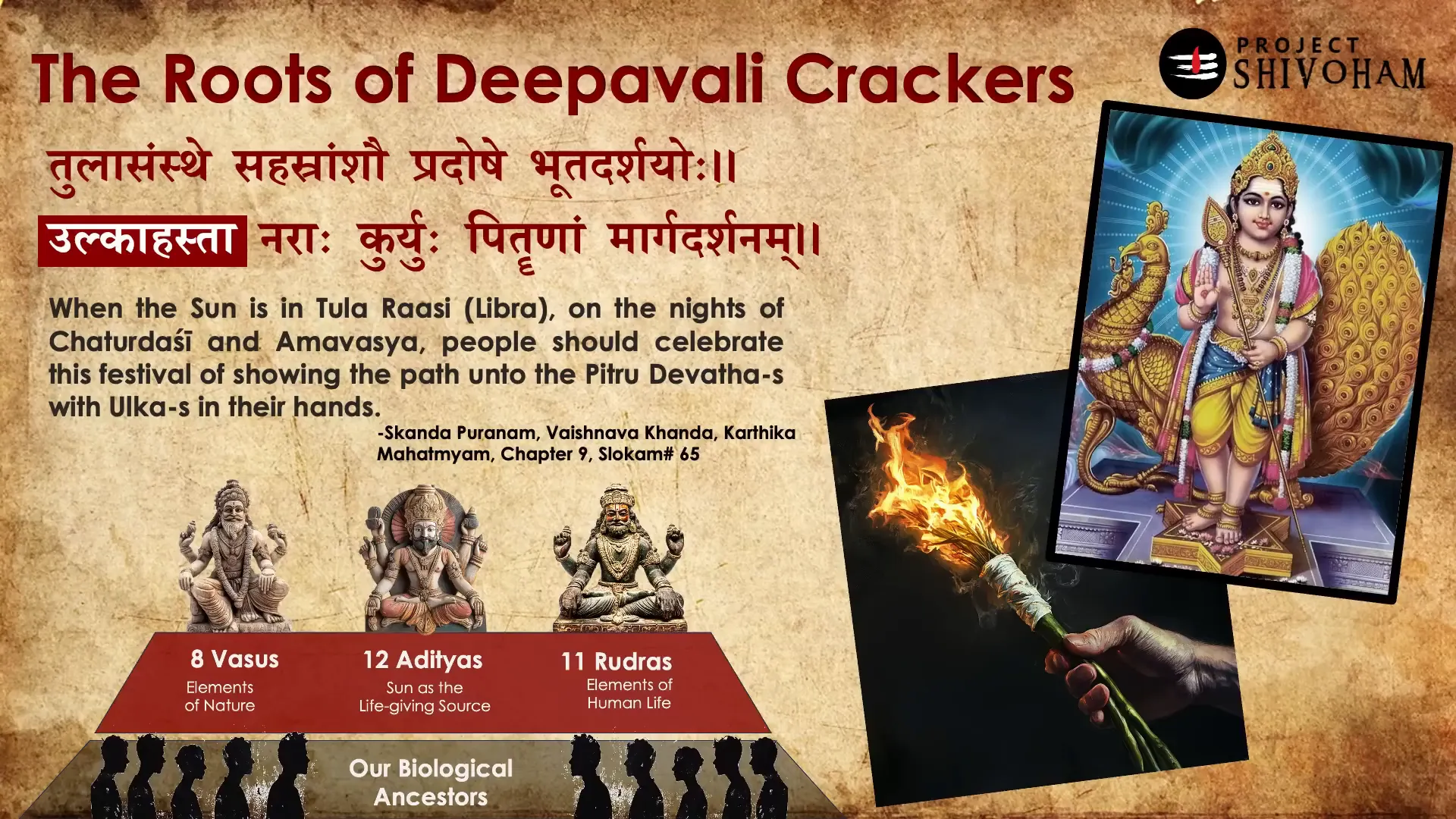
Conclusion: Celebrating Cultural Heritage
In conclusion, Halloween, with its roots in ancient Celtic traditions, and Pitru Paksha, with its deep connections to ancestor worship in India, highlight the rich cultural tapestry that binds humanity together. As we celebrate Halloween, let us also remember the significance of Pitru Paksha and the importance of honoring our ancestors.

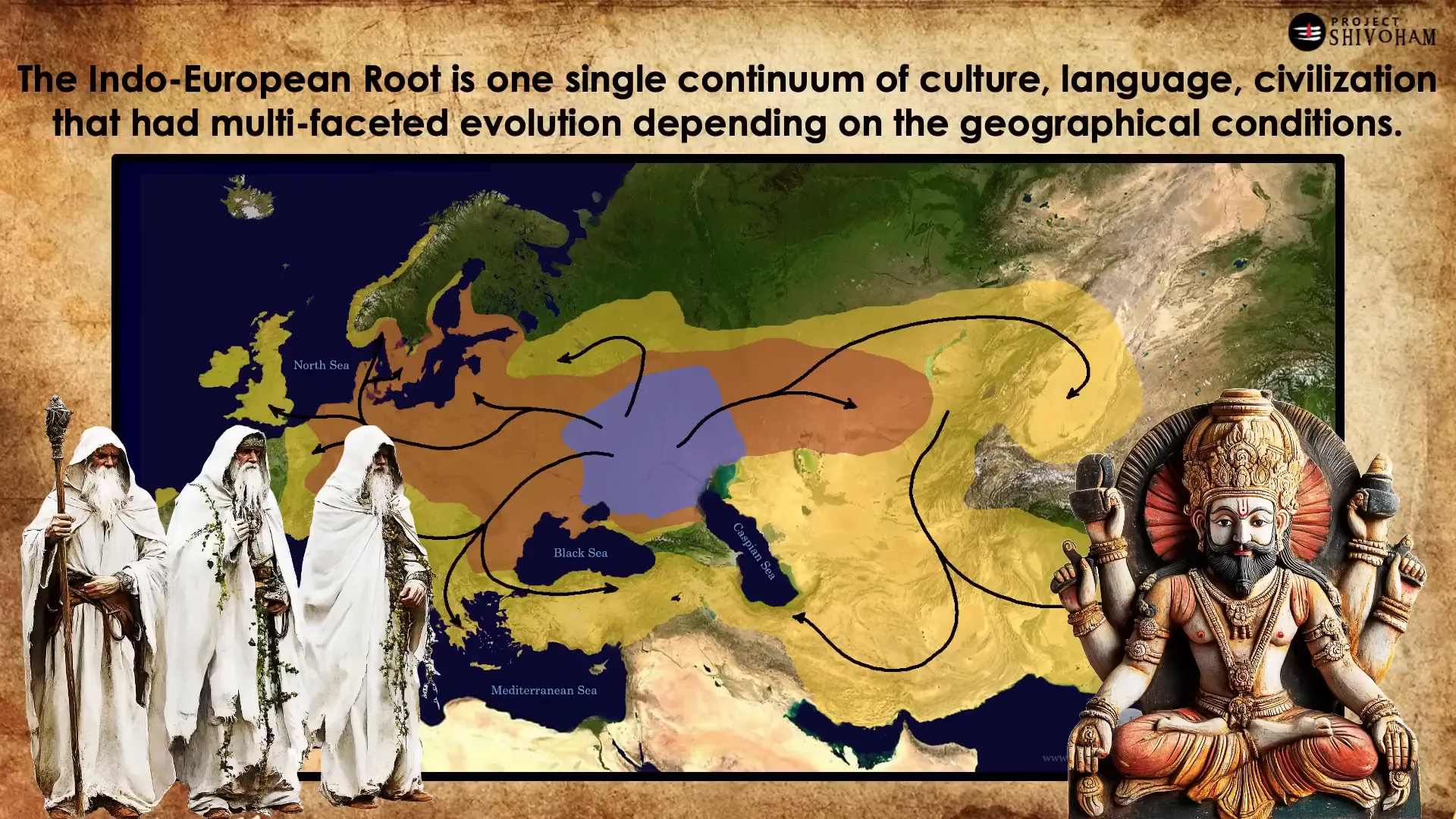

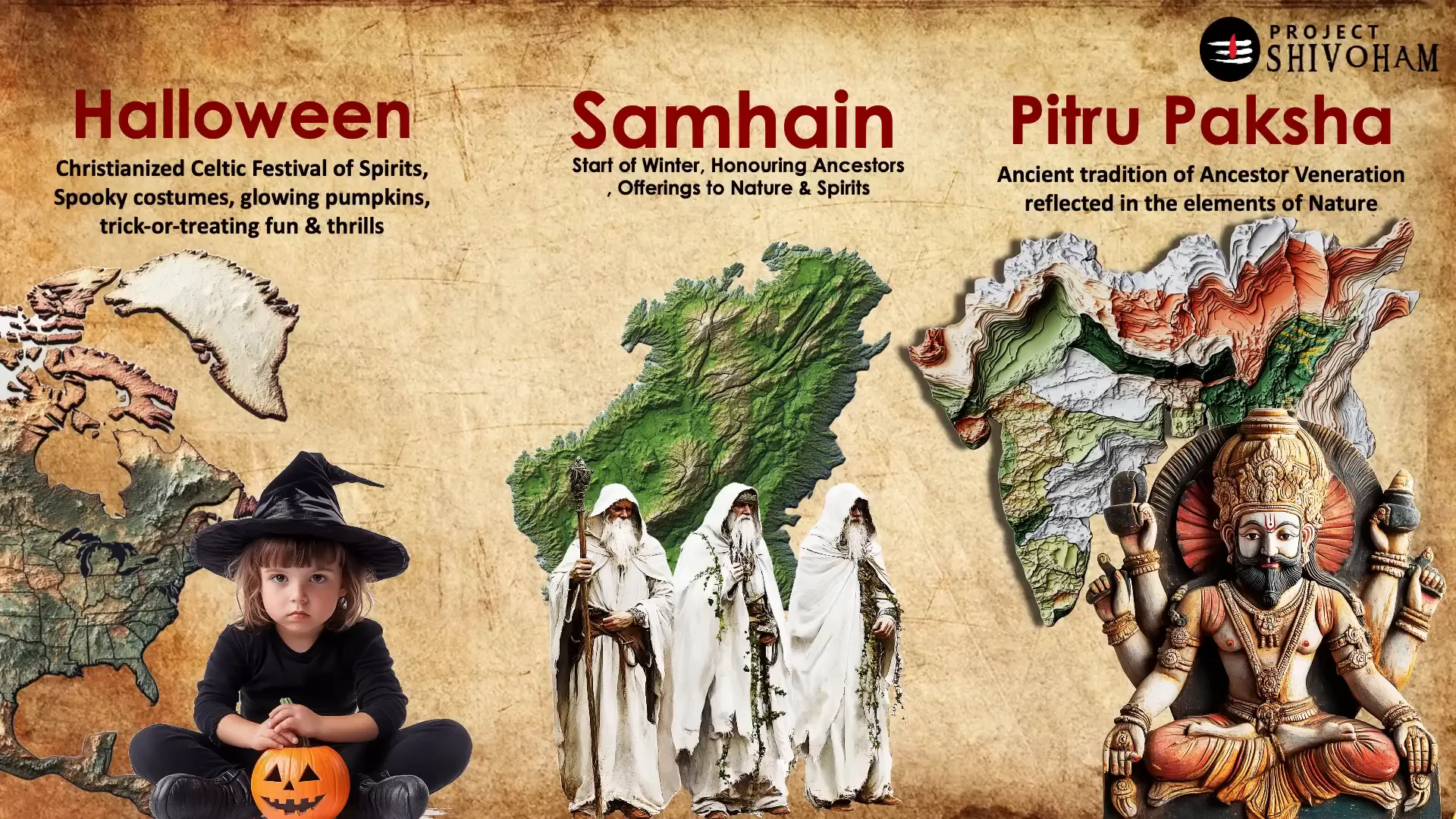
These festivals remind us not only of our heritage but also of the shared values that connect us across cultures. Embracing and celebrating these traditions can foster a deeper appreciation for the rich histories that shape our identities.
FAQs
What is the origin of Halloween?
Halloween has its origins in the ancient Celtic festival of Sahin, which marked the end of the harvest and the beginning of winter. It evolved over time, incorporating elements from Christian traditions.
How is Halloween celebrated today?
Today, Halloween is celebrated with activities such as trick-or-treating, costume parties, and haunted houses, making it a festive occasion primarily for children.
What is Pitru Paksha?
Pitru Paksha is a sixteen-day period in the Hindu lunar calendar dedicated to honoring ancestors through rituals and offerings, similar to the ancestor veneration practices observed during Halloween.
Are there similarities between Halloween and Pitru Paksha?
Yes, both festivals emphasize the importance of honoring and remembering ancestors, reflecting a universal human experience that transcends cultural boundaries.
Why is ancestor veneration significant?
Ancestor veneration is significant as it fosters a sense of connection to our heritage, honors the contributions of those who came before us, and reinforces the values and traditions that shape our identities.
As we navigate through these cultural traditions, let us celebrate them with joy and reverence, recognizing the shared human experience that unites us all.
For more insights and explorations into cultural heritage, visit Project Shivoham.
This article was created from the video The Indo-European History of Halloween with the help of AI. Thanks to Aravind Markandeya, Project Shivoham.
